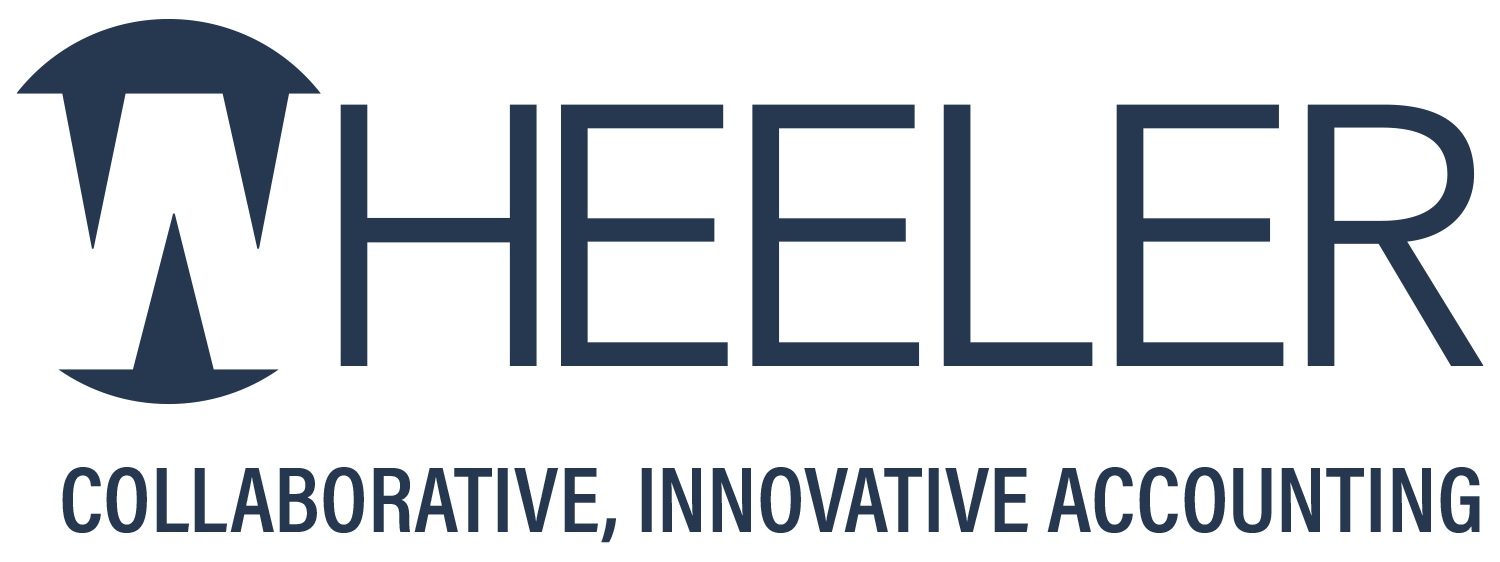Ever since you became a business owner, you’ve focused on growing revenue, managing expenses and leveraging tax advantages. But don’t overlook a critical element of your long-term financial well-being, that is, a business exit strategy. Ideally, your exit strategy will help you meet your retirement and estate planning goals.
Multiple-Owner Businesses
A buy-sell agreement is a powerful tool for businesses with multiple owners. A well-drafted agreement outlines what happens if specified events occur, such as the owner’s retirement, disability or death. The agreement should:
- Create a ready market for the departing owner’s interest,
- Establish a valuation method, and
- Help prevent disputes by keeping ownership transitions clear.
Life or disability insurance can help fund the buyout and can give rise to several tax issues and opportunities. Life insurance proceeds are generally tax-free to the beneficiary, provided certain conditions are met, making this a tax-efficient strategy.
Family Ownership
If you have family members who are willing and able to fill ownership roles in the business, you can pass your business on by giving them interests, selling them interests or doing some of each. Consider your income needs, the tax consequences, and how family members will feel about your choice.
Under the annual gift tax exclusion, in 2025, you can gift up to $19,000 of ownership interests without using up any of your lifetime gift and estate tax exemption. Valuation discounts may further reduce the taxable value of the gift.
With the gift and estate tax exemption for 2025 at $13.99 million, gift and estate taxes may be less of a concern for some business owners. However, others may want to make substantial transfers now to take maximum advantage of the high exemption. What’s right for you will depend on the value of your business and your timeline for transferring ownership.
Outside the Family
If family succession isn’t the right fit, you might consider selling the business to key employees. This requires significant planning, including executive compensation plans, loans and possibly “key person” life insurance. So you’ll need plenty of time and professional guidance to put the elements in place.
Another option is a leveraged Employee Stock Ownership Plan (ESOP), under which an ESOP trust borrows funds to buy the company. Then stock units are periodically awarded to eligible employees and are eventually vested.
Finally, there’s the option to sell to an outsider. If you can find the right buyer, you may be able to sell the business at a premium. Putting your business into a sale-ready state can help you get the best price. This generally means transparent operations, assets in good working condition and minimal reliance on key people.
For the Best Chance of Success, Start Early
Whatever path you pursue, you want your business to be in good hands in the future. Your exit strategy will require planning well in advance of retirement or any other reason for an ownership transition. Contact the office for assistance.
408-252-1800
Photo by Life of Pix from Freerange Stock.








